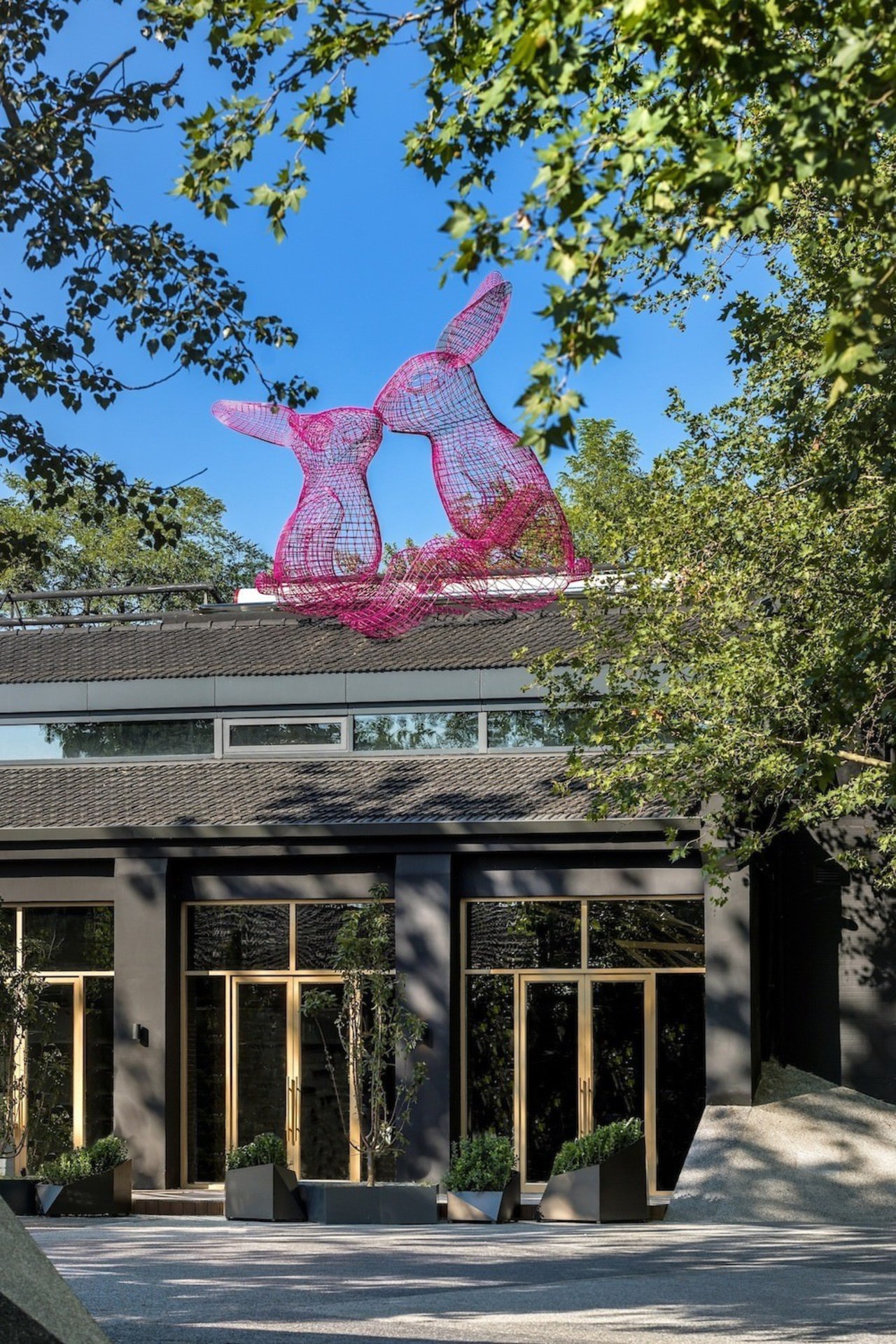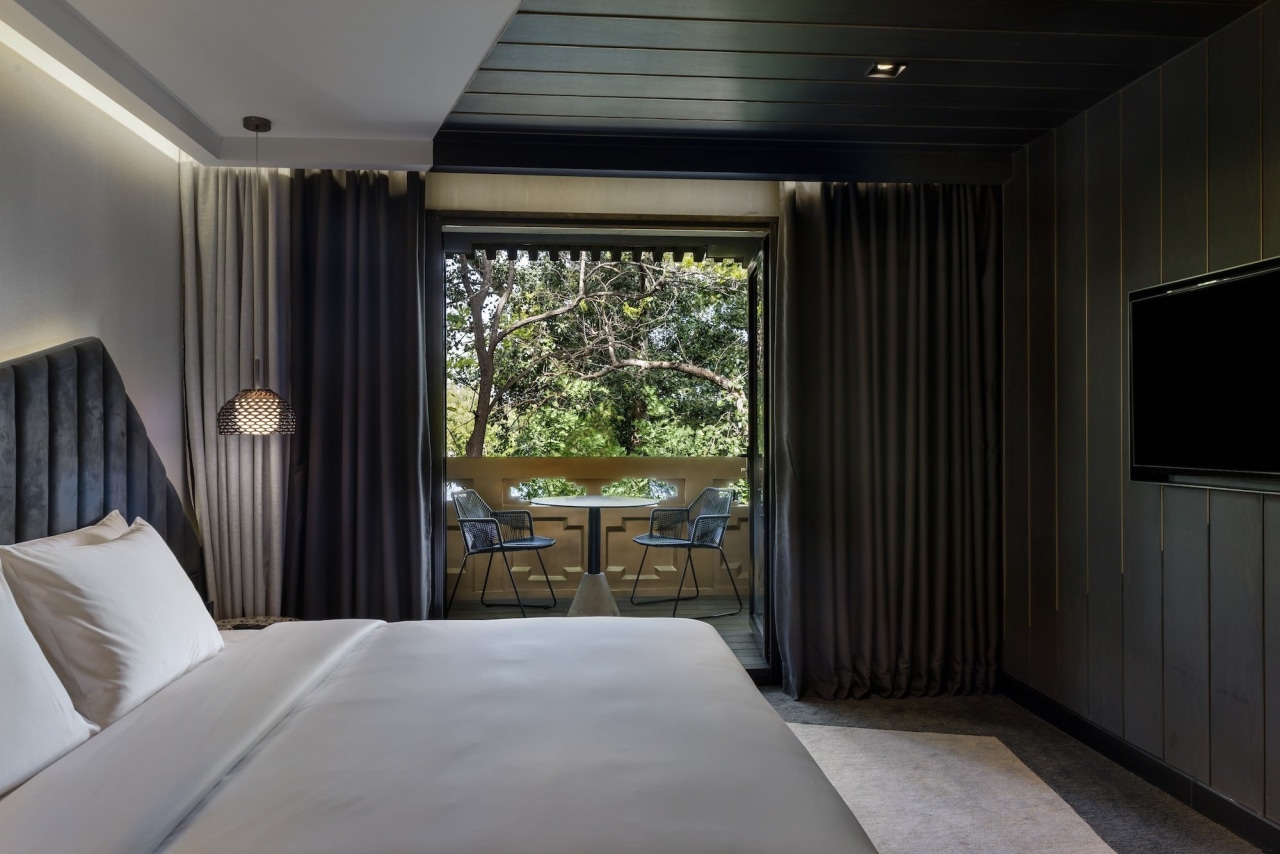VUE Hotel's new flagship property in Beijing
The architects behind this project took a series of quasi-historic buildings and transformed them into a new hotel complex
VUE Hotel’s first flagship property is located in Beijing, in the Hutong district of Houhai. The hotel compound sits on the edge of the picturesque Houhai lake, and neighbours a verdant public park, as well as historic Hutong houses which are still used by local inhabitants today. Located along Houhai’s banks are a district of bars and vibrant cafes.
Undertaken as a major adaptive-reuse exercise, the hotel comprises a series of artistically
transformed quasi-historic buildings from the 1950’s.
This intriguing hotel compound invites you to explore its many facets where you will discover a series of landscaped gardens, a bakery café fronting the bustle of the Hutong streets, a signature restaurant in a warehouse, a rooftop bar overlooking the lake, a gym and over 80 rooms and suites, several with private gardens or with views overlooking the park or lake.
About the architecture
The hotel compound comprises a series of quasi-historic buildings from the 1950’s, with a variety of architectural styles and approaches. Although they were designed primarily in the Chinese vernacular, the different buildings span a range of ornamentation from highly decorative roof eaves, characterful gargoyles, sculptured balconies and latticed window frames, to pared-back jack roofs and plain brick work wall finishes. Our design approach has been to unify this diverse collection through colour and landscaping.
advertisement
All the buildings are conceptually draped over with a dark charcoal grey coat of paint, upon
which key architectural details have been highlighted in a contemporary gold patina. These
featured elements shimmer against the dark backdrop and their prominence suggests an
informal “cataloguing” of key architectural details.
As guests explore the compound, this
“catalogue” of details gradually brings into focus the distinction between the historical versus the contemporary: a subtle juxtaposition, which highlights the rich tension arising from any adaptive reuse design.
Conceptually, the design harnesses all the “left-over” spaces in-between each building, to tie the compound into a single holistic experience. These in-between spaces are treated
graphically with an “ice-ray” lattice pattern inspired by traditional Chinese screens.
Treated three-dimensionally, hardscaped floors and passageways rise to become private balconies or
garden enclosures.
Story by: David Renwick
Home kitchen bathroom commercial design
advertisement
advertisement
advertisement
advertisement
advertisement
advertisement
advertisement















